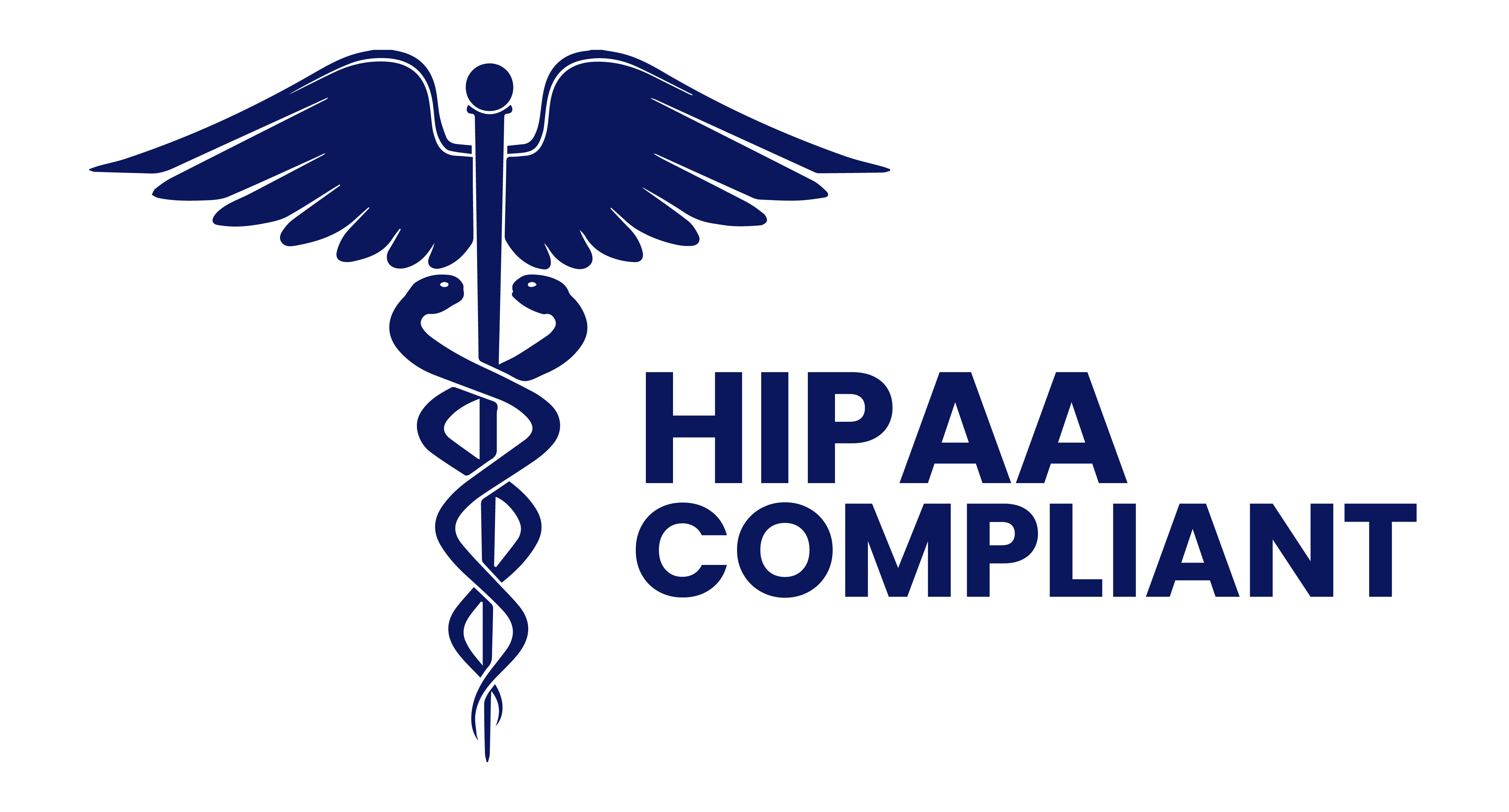FAQ pages are often overlooked as a powerful tool for minimizing customer inquiries while simultaneously bolstering satisfaction levels when executed well.
In this comprehensive guide, we’ll delve into everything you need to know about crafting a successful FAQ page that not only addresses common queries but also enhances your overall user experience.
Why are FAQ pages important?
FAQ (Frequently Asked Questions) pages hold significant value for businesses and organizations, no matter their industry. They serve as a centralized hub where users can find quick and direct answers to common queries related to products, services, policies, or any other relevant topics.
By providing instant access to information, FAQ pages enhance the overall user experience on a website, allowing visitors to find what they need efficiently without the need for extensive navigation or reaching out to customer support. This not only saves time for users but also reduces the workload on customer support teams by preemptively addressing common inquiries.
Furthermore, a well-structured and comprehensive FAQ page contributes to building trust and credibility with the audience, showcasing the organization’s understanding of their needs and dedication to providing solutions.
They can even improve a website’s visibility in search engine results by incorporating relevant keywords and addressing common search queries, positively impacting the SEO of your website.
How Do I Know When I Need a FAQ Page?
Knowing when to implement a FAQ page depends on several factors.
One key indicator is the frequency and nature of inquiries you receive from your audience. If you notice that you repeatedly receive the same questions from customers, visitors to your website, or users of your product or service, it may be time to consider creating a FAQ page.
Additionally, if you find that your customer support team spends a significant amount of time answering common questions, a FAQ page can help alleviate their workload and provide users with instant access to information.
Furthermore, if you’re launching a new product or service, or making significant updates to your website, a FAQ page can preemptively address potential questions and concerns from users.
After all, a FAQ page is beneficial when it can streamline communication, improve user experience, and provide valuable information to your audience.
A Step-by-Step Guide to FAQ Pages
Creating a comprehensive and effective FAQ page is crucial for providing valuable information to your audience and improving user experience on your website.
Here’s a comprehensive guide to help you create the ultimate FAQ page:
1. Identify Common Questions:
- Analyze Customer Queries: Review customer inquiries via emails, social media, and customer service interactions to identify common questions.
- Keyword Research: Use tools like Google Keyword Planner to identify frequently searched terms related to your business or industry.
2. Organize Your FAQ Page:
- Categories and Subcategories: Group similar questions under relevant categories and subcategories for easy navigation.
- Alphabetical Order: Arrange questions alphabetically within each category for clarity.
- Search Functionality: Include a search bar to allow users to find specific questions quickly.
3. Write Clear and Concise Answers:
- Use Simple Language: Avoid technical jargon or complicated terms that may confuse users.
- Provide Direct Answers: Address each question directly and concisely without unnecessary elaboration.
- Formatting: Use bullet points, numbered lists, or headers to break down information and improve readability.
- Include Visuals: Incorporate images, diagrams, or videos where necessary to illustrate complex concepts or processes.
4. Optimize for SEO:
- Keyword Optimization: Use relevant keywords in both questions and answers to improve search engine visibility.
- Meta Description: Write a concise and informative meta description for your FAQ page to attract users from search engine results.
- Internal Linking: Link related questions and answers within your FAQ page to improve navigation and SEO.
5. Keep it Updated:
- Regular Review: Periodically review and update your FAQ page to include new questions or remove outdated information.
- Feedback Mechanism: Provide a way for users to submit additional questions or feedback to keep your FAQ page relevant.
6. Make it Accessible:
- Mobile Responsiveness: Ensure your FAQ page is mobile-friendly for users accessing it from smartphones or tablets.
- Accessibility Features: Incorporate features like alt text for images to make your FAQ page accessible to users with disabilities.
7. Monitor Performance:
- Analytics Tracking: Use tools like Google Analytics to track user behavior on your FAQ page, including popular questions and user engagement.
- User Feedback: Gather feedback from users through surveys or direct inquiries to understand areas for improvement.
8. Promote Your FAQ Page:
- Website Navigation: Include a prominent link to your FAQ page in the main navigation menu or footer of your website.
- Social Media: Share links to specific questions or your FAQ page on your social media channels to increase visibility.
- Email Signatures: Include a link to your FAQ page in email signatures to provide quick access to customers.

Make Your Customer Service More Efficient with Horatio
Once you’ve crafted a comprehensive and user-friendly FAQ page that effectively addresses your audience’s common questions and enhances their overall experience on your website, you’re well on your way to providing top-notch customer service.
If you’re ready to take your customer support to the next level, feel free to get in touch with us at Horatio. We’re here to support you in delivering exceptional service and ensuring customer satisfaction every step of the way. Contact us today to start.






